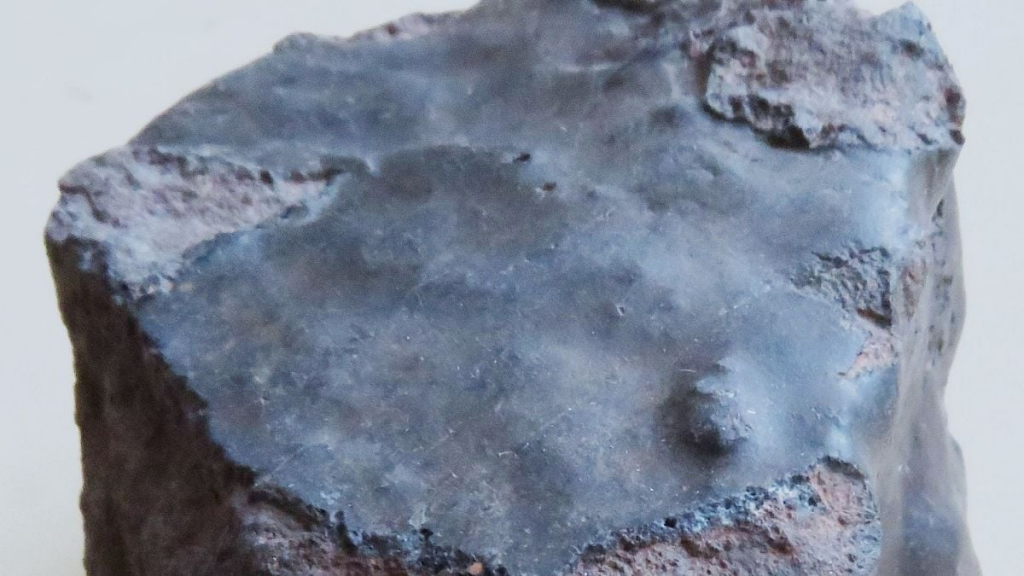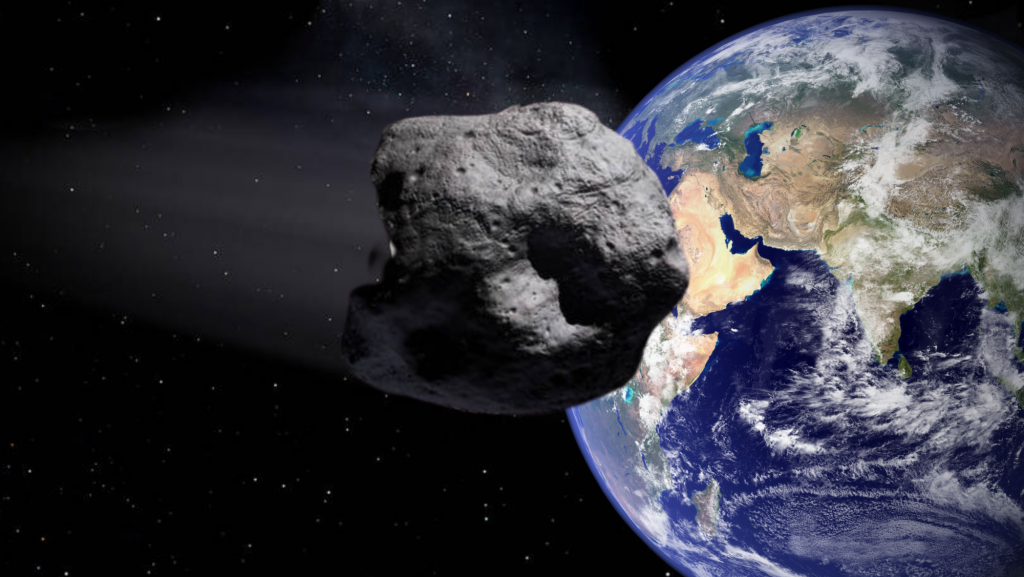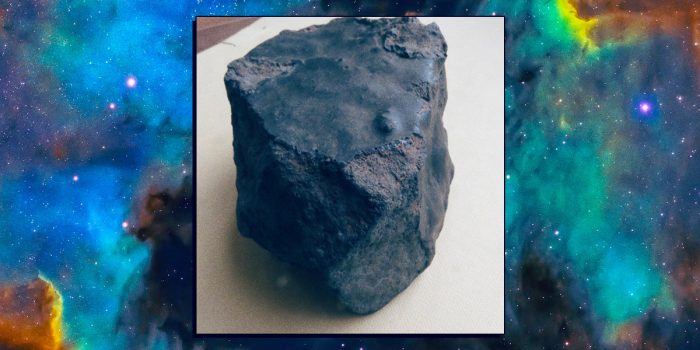A remarkable discovery has taken the scientific community by storm – a 1.4-pound stone found in Morocco that could potentially be the first known “terrestrial meteorite.” This intriguing find suggests that the rock has taken a cosmic journey from Earth into space and back, akin to a celestial paddle ball propelled by gravity.
The researchers who presented the findings in Lyon, France, speculate that around 10,000 years ago, an asteroid impact catapulted the rock into space with astonishing speed. After spending anywhere from 2,000 to tens of thousands of years in the vast expanse of the cosmos, the rock eventually found its way back home. However, the team is cautious in claiming its origin and uses various testing techniques to substantiate their hypothesis.
Despite the enthusiasm of the presenting team, some scientists not directly involved in the study urge caution. Frank Brenker, a geology professor at Germany’s Goethe University, asserts that the rock is undoubtedly a meteorite, but the debate lies in whether it genuinely originates from Earth. Ludovic Ferrière, a Natural History Museum Vienna rock curator, agrees that further investigations are necessary before making extraordinary claims about the rock’s origin.

What makes this discovery even more captivating are the unique features of the meteorite. Early tests have shown that the rock shares the same composition as volcanic rocks found on Earth. Furthermore, isotopes of elements in the meteorite indicate exposure to cosmic rays during its time in space. The rock’s surface boasts a “fusion crust,” a glossy coating that forms when a rock hurtles through the Earth’s atmosphere before impact.
The journey of this enigmatic meteorite came to light when Albert Jambon, a retired French professor from Sorbonne University, acquired the rock, named NWA 13188, in 2018 from a Moroccan dealer during a gem and mineral show. Jambon speculates that nomadic tribal people in the Sahara may have stumbled upon the rock in the distant past, adding another layer of mystery to its cosmic voyage.

Jambon entrusted the rock to Jérôme Gattaccecam, a researcher at the French National Centre for Scientific Research and Aix-Marseille University, who later presented the findings in Lyon. Gattaccecam had acquired the rock because of its peculiarities, further fueling scientific curiosity. With so many questions surrounding its origin and significance, Jambon muses about the actual value of this extraordinary stone.
If verified, the rock’s cosmic journey could shed new light on the interactions between Earth and space. As the scientific community eagerly awaits the results of further testing, this fascinating find reminds us of the mysteries that still lie beyond our planet’s boundaries.


